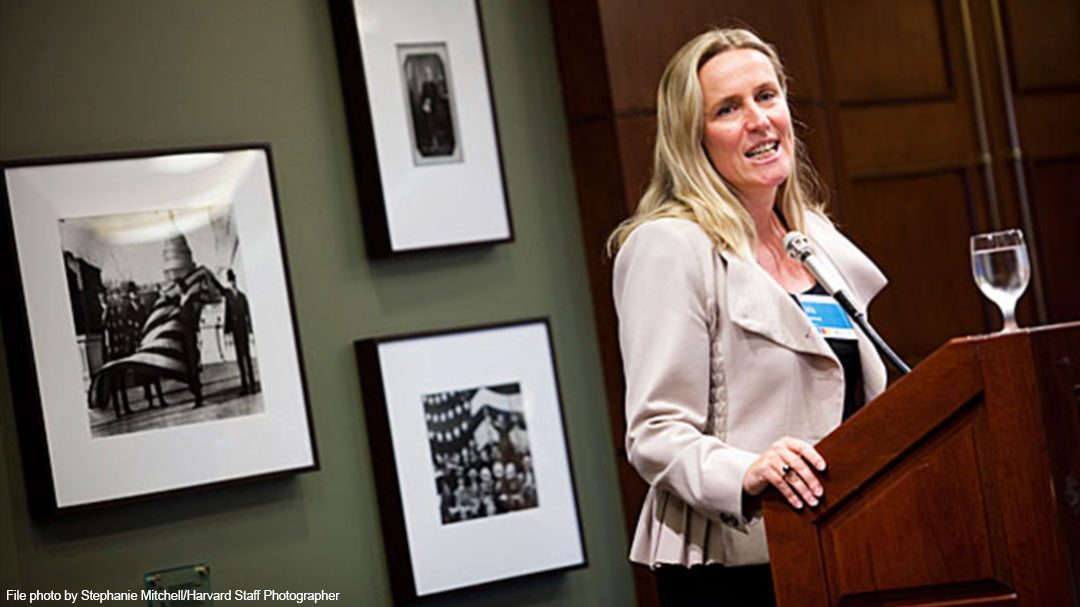by
_____
Look around you. How many images of powerful women do you see?
That’s probably not enough, according to Iris Bohnet, a behavioral economist at Harvard who has studied the American workplace and found a lack of women leaders to look at.
We all know the importance of role models – individuals whose behavior and actions we find motivating. But what about seeing images of women leaders in our surroundings? Can their images actually boost the confidence of female employees and increase their willingness to compete in male-dominated environments?
Bohnet says yes, and she makes the point in her recent book, What Works: Gender Equality by Design.
Bohnet isn’t a big fan of diversity programs, workshops, and other kinds of training because, she says, they don’t really work. All people are biased, one way or the other, and trying to root out that bias is hard work, if not impossible.
Instead of trying to change people, she recommends organizations change the work environment by making small, nuanced adjustments – little “nudges” – as she calls them – that can lead to bigger things.
In What Works, Bohnet describes a study in which women who were about to give a public speech were shown a variety of images on their screensavers – of Hillary Clinton, Angela Merkel, Bill Clinton, and sometimes no picture at all.
Those who saw Hillary Clinton or Angela Merkel later gave speeches that lasted longer and were rated higher by independent observers than those who only saw Bill Clinton, or no picture at all.
So yes, just the sight of a powerful women has a big impact.
In another study, researchers experimented with the pictures hanging on the wall of the computer lab.
When they swapped out the Star Trek posters and images of video games for pictures of nature or other gender-free subjects, suddenly the female undergraduates began showing as much interest in computer science as their male peers.
A few years ago, Harvard political scientist Jane Mansbridge discovered that of the approximately 750 oil paintings and other images found all over the campus – in conference rooms, classrooms, office suites, and hallways – some 690 of them were of men.
Where were all the women?
In Annenberg Hall, only three out of 60 paintings were of women. Two of them were tending to their children, and the third was welcoming her weary husband home from the battlefield.
Now that’s starting to change. At Harvard’s Kennedy School, you can see Ida B. Wells, Abigail Adams, Edith Stokey, and Ellen Johnson Sirleaf hanging on the walls next to their male counterparts.
We’ve been licking stamps with images of powerful women for some time. Soon we’ll start seeing $5, $10, and $20 bills that show iconic women leaders: Harriett Tubman, Susan B. Anthony, Lucretia Mott, Alice Paul, Elizabeth Cady Stanton, Sojourner Truth, Marian Anderson and Eleanor Roosevelt.
Visibility matters. As Sheryl Sandberg likes to say, “You can’t be what you can’t see.”
© Copyright 2016
________________________________
Want to talk? Reach me at dana@danarubin.com


